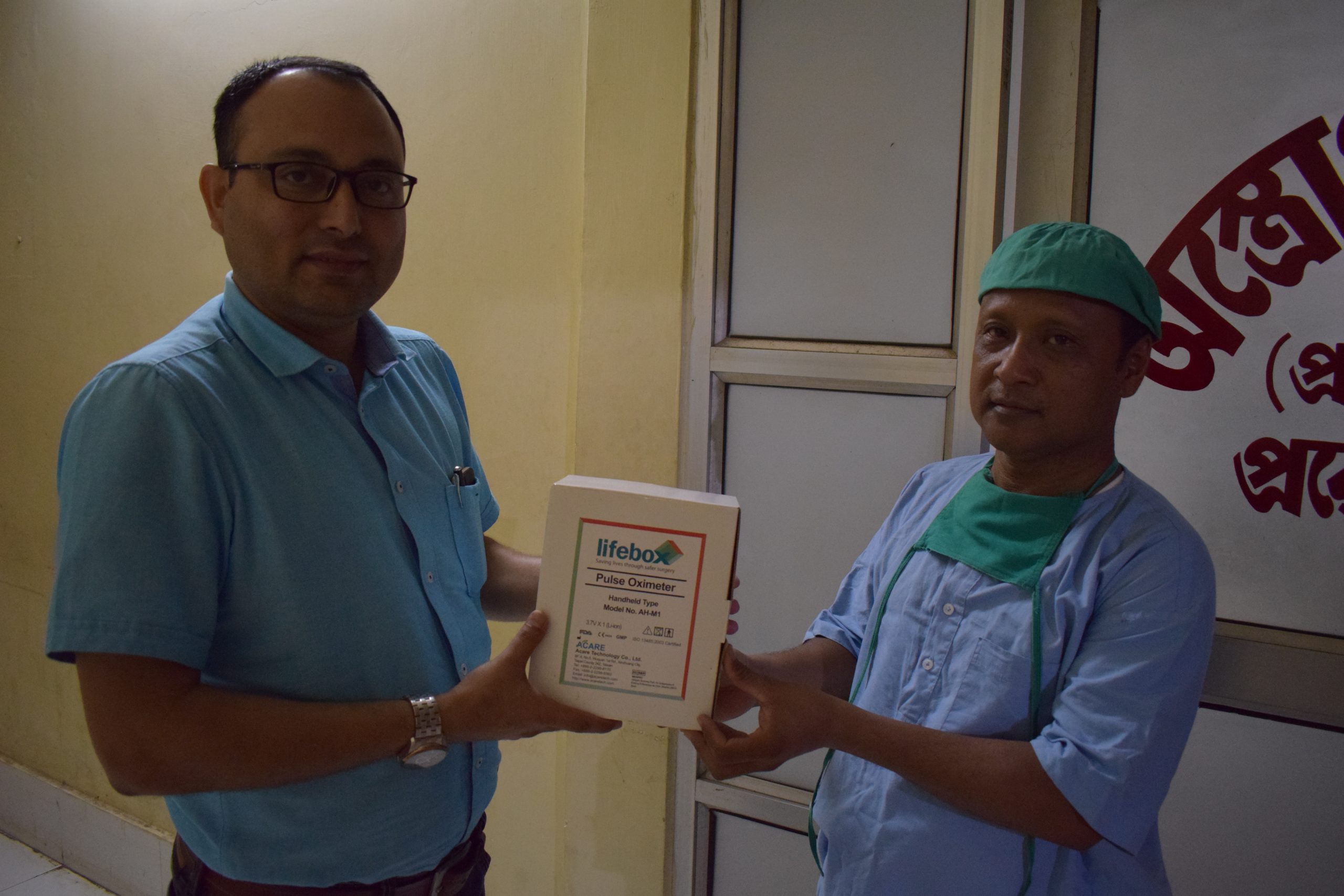
The Champion of Champions
He also single-handedly organised the first ever Lifebox workshop in India. And with his mantra of “Safe anaesthesia, Safe Surgery, Safe Patient” it’s hard to resist his enthusiasm and can-do attitude when it comes to all things surgery related.
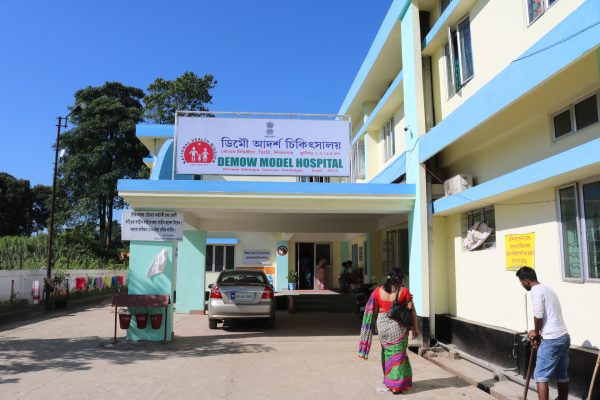
Here we chat to Surajit about his quest to improve the safety of anaesthesia in his home state of Assam and beyond.
Why are you passionate about the safety of anaesthesia?
We have all witnessed harm to the patient which we can prevent – wrong drug, wrong dose, even wrong patient. There are many more ways we are harming the patients. These silly mistakes can be dangerous – not only to the patient, but it can damage a whole family.
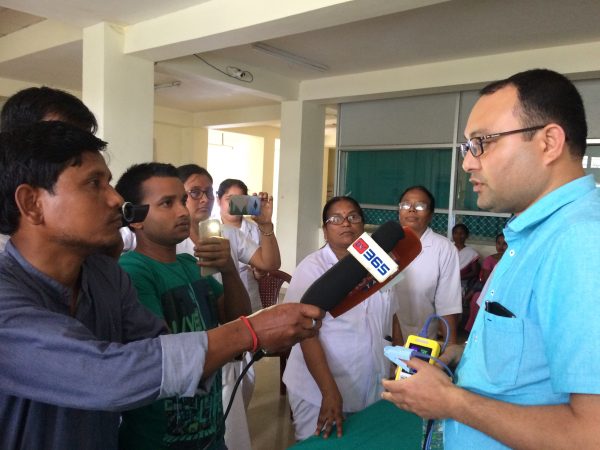
What inspired you to get involved with Lifebox?
I always dreamt for patient safety! And Lifebox is insisting on patient safety, starting from the WHO Checklist. Many of our colleagues have no choice but to give anaesthesia to patients in pathetic conditions, especially in the rural areas. They do not have facilities for post-operative monitoring. Even though we know of post-operative complications, they still do not have the facilities to monitor the oxygen saturation.
We are extremely thankful to Lifebox, which is delivering pulse oximeters and training free of cost to my fellow colleagues!
Tell us about the project in Assam and what’s been achieved to date.
We have distributed 60 pulse oximeters to our anaesthesiologists, and are planning to do the same in January during our state conference. We have penetrated many rural health centres and are planning to cover and deliver the pulse oximeters as far as possible.
What has been the most rewarding part of the project so far?
The smile in the rural anaesthetists! The sense of security for the practising rural anaesthesiologists, once they have the pulse oximeter.
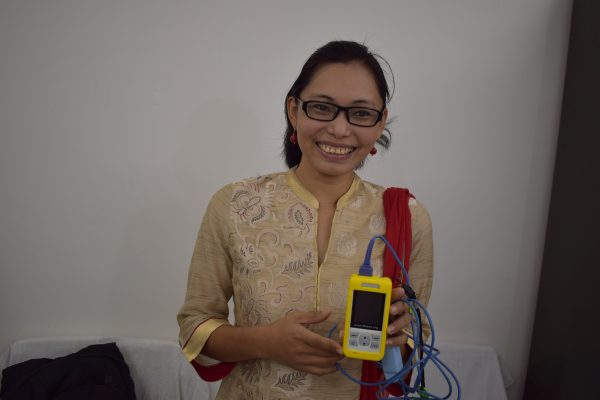
You’ve also introduced the Surgical Safety Checklist to your own facility. Were there any challenges implementing it?
Yes there were! Most difficult was to convince the surgeon, but slowly over time we succeeded. I trained my operating theatre staff, and regularly followed the Checklist. Observing our keen interest, the surgeon now also follows and implements the Checklist.
Have you seen any significant improvements in patient safety since introducing the Checklist to your hospital?
In another situation, I almost administered anaesthesia in a normal limb, but was saved by my OT sister! One lady was posted for a right ankle fracture, and I planned for a sciatic nerve block in the prone position. At that time, I was distracted by a phone call – and when the patient laid down prone right, the left leg became right for me and I almost went to insert the needle when the OT sister stopped me. Oh my God! I was going to give anaesthesia in the wrong leg! Thanks to the Checklist!
Your centre was shortlisted for the BMJ Awards South Asia ‘Best Surgical Team’. What did it mean for you and your team?
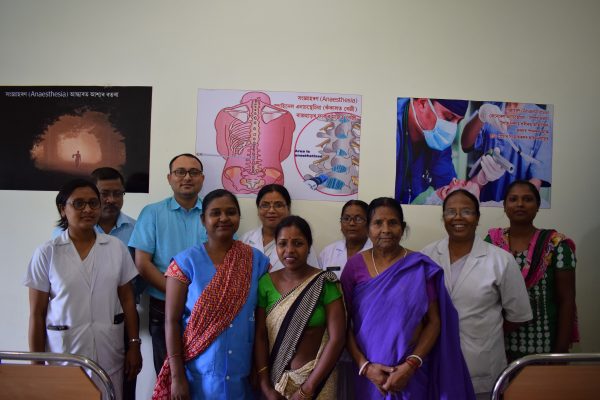
We were in the final three out of 1,600 applications across South Asia. They liked that we are following standard, basic safety rules in a rural community health centre. We were chosen because:
- We follow the Surgical Safety Checklist
- We empower every staff member. They can stop the doctors at any time
- We empower the public too – understanding what is the need of surgery etc.
- Morbidity in terms of wound infections at our centre is extremely low
- Our mortality was only one – for post-operative embolism
I can give you an example. Recently a patient was posted for an elective LSCS (Lower Segment Caesarean Section). The previous day, I examined the patient and cleared her for next day surgery. When I was preparing myself for the spinal anaesthesia, the technician and nurse, who were helping position the patient, felt how warm her body was! They stopped me and we checked her temperature. It was 100 degrees Fahrenheit. We postponed the case.
The next day she had continuing fever. Her family insisted that we do the surgery, but we did not proceed. They went to another centre where the surgery was done – but she had severe bleeding post-operatively, and had to undergo hysterectomy and severe sepsis. As the surgery was an elective one, the other surgical staff could have waited until the fever subsided – as my staff did.
Between the BMJ award and our association with Lifebox, we have great recognition in our society.
What words of advice do you have young healthcare workers who want to improve the safety of surgical care in India?
Cellphones in OT should be banned! As above – they not only cause distraction to the surgical staff, they are also a major source of infection.
The Surgical Checklist should be a MUST!
Proper and excellent communication between the surgical team and the ward nursing team is so important.
- Communication should not be a barrier! language used in the OT should be same to all staff.
- Everybody has their own role in surgical patient safety starting from the cleaner.
- Let us treat every patient as if they’re our own relatives
- PRIMUM NON NOCERE – first do no harm to the patient!
What’s next for your work with Lifebox?
I am part of the training faculty in the Lifebox workshop in Nanded, Maharashtra. Then there is the Lifebox workshop in Tezpur during our state conference. Other remote and nearby states are also demanding Lifebox workshops!
What are your hopes for the future of surgery and anaesthesia in your country?
Excellent! But only a few centres – or you can even say none – follow the Checklist and safety protocols in anaesthesia and surgery. Recently in a well-equipped, big centre facility in Delhi, a healthy leg was operated on because they are not at all following the Checklist! If we can follow this up across India, probably much harm can be prevented.

